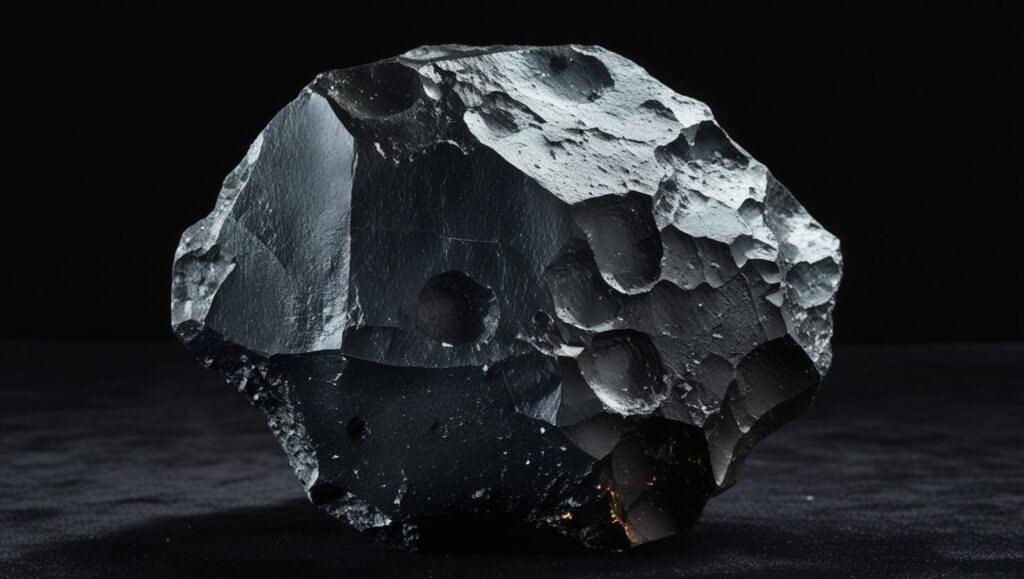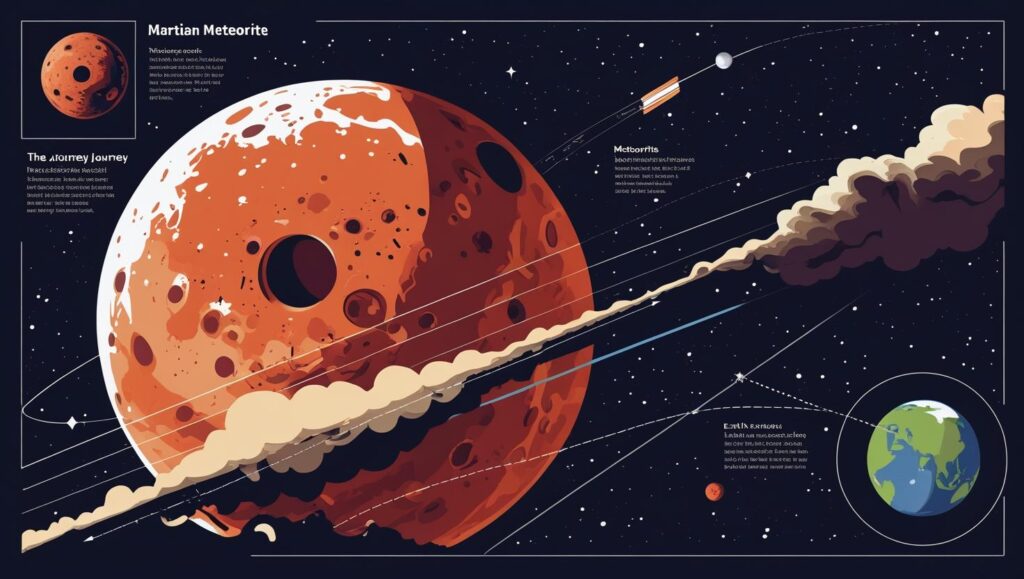A massive and exceptionally rare Martian meteorite is being offered to the public by the international auction house Christie’s. This significant piece of the Red Planet, one of the largest ever to be available for private ownership, is expected to fetch millions of dollars, highlighting a fervent market for unique extraterrestrial collectibles.

The NWA 12690 Meteorite
| Key Fact | Detail / Statistic |
| The Object | A 9.1-kilogram (20-pound) piece of the Martian meteorite known as NWA 12690. |
| Auction Estimate | Valued between $500,000 and $800,000 (Note: prices can exceed estimates significantly). |
| Scientific Origin | Confirmed Martian origin via analysis of its chemical and isotopic composition. |
| Global Rarity | Only about 300 meteorites have been identified as Martian, with a total known weight of approximately 227 kilograms (500 pounds). |
A geologic specimen of immense scientific importance and extraordinary rarity, a piece of the planet Mars, is now available to the highest bidder. Christie’s is overseeing the private sale of NWA 12690, one of the largest known Martian meteorites on Earth. This offering underscores a growing and highly competitive market for such extraterrestrial rock specimens, where science, history, and collectibility converge.
The meteorite, officially named NWA 12690, was discovered in the Sahara Desert and is a stunning example of a Martian shergottite—a type of volcanic rock. “To have a stone that is demonstrably from another planet is the very definition of rarity,” said James Hyslop, Head of Science and Natural History at Christie’s, in a statement to the press. “It’s a tangible piece of the Red Planet. Holding it is like shaking hands with Mars.”
How Do We Know This Martian Meteorite Came From Mars?
The confirmation of a rock’s Martian origin is a rigorous scientific process, not a matter of speculation. According to NASA, the smoking gun lies in tiny pockets of gas trapped within the meteorite’s mineral structure. When analyzed, the composition of this gas perfectly matches the atmospheric data collected by the agency’s Viking landers, which studied Mars in the 1970s.
“The Viking landers gave us the first detailed analysis of the Martian atmosphere,” explained Dr. Caroline Smith, Principal Curator of Meteorites at London’s Natural History Museum, in a BBC interview. “When we find meteorites with trapped gases that have the same unique isotopic fingerprint, we can be confident they were blasted off the Martian surface.”
This Martian meteorite has a distinct chemical makeup that further separates it from terrestrial rocks and other meteorite types. Its specific mineralogy and the presence of water-bearing minerals formed on Mars provide invaluable data for scientists studying the planet’s geological history and potential for past life.

A Violent Journey Across Millions of Miles
The story of NWA 12690 is one of cosmic violence and immense timescales. Scientists believe that roughly 600,000 to 700,000 years ago, a powerful asteroid or comet impact struck Mars. The force of this collision was so great that it ejected vast amounts of surface rock into space, launching them with enough velocity to escape the Red Planet’s gravitational pull.
This particular fragment then drifted through the void of the solar system for millennia. Eventually, its trajectory intersected with Earth’s orbit, and it plunged through our atmosphere. The intense heat of entry created the characteristic dark, glossy “fusion crust” that coats much of its surface. It was discovered in the North West African region of the Sahara, a prime location for meteorite hunters due to the arid climate’s ability to preserve fallen space rocks and the landscape’s color contrast.
A Market Driven by Scarcity and Scientific Desire
The value of a Martian meteorite like NWA 12690 is determined by several factors: size, scientific significance, and provenance. At over 9 kilograms, it is a substantial specimen. By comparison, the total known mass of all Martian meteorites on Earth is only about 227 kilograms (500 pounds), according to NASA. This scarcity makes any large, well-preserved piece highly sought after.
The primary buyers in this elite market are world-class museums and a small number of affluent private collectors. Institutions seek these specimens for research and public display, while private individuals are often drawn by the unparalleled story and the romance of owning a piece of another world.
The Christie’s auction house has a history of handling significant meteorite sales. In 2021, the main mass of the Fukang meteorite, a stunning pallasite filled with olivine crystals, was offered for an estimated $2 million, though it did not sell at auction. However, smaller pieces of Martian and lunar rock regularly command prices far exceeding their weight in gold.
This specific extraterrestrial rock is not just a collector’s item but a scientific treasure. Researchers can study its composition to better understand Martian volcanism, its interaction with water in the distant past, and the conditions of a planet that remains a prime target in the search for extraterrestrial life.
As humanity’s efforts to explore Mars continue with rover missions and plans for human visitation, these silent, rocky ambassadors provide a physical connection to our planetary neighbor. The sale of NWA 12690 represents a rare opportunity for a private individual to acquire an object of profound scientific and historical importance, a literal piece of another world.
July’s Full Buck Moon to Share the Sky with Mars and Saturn—Here’s How to See It
